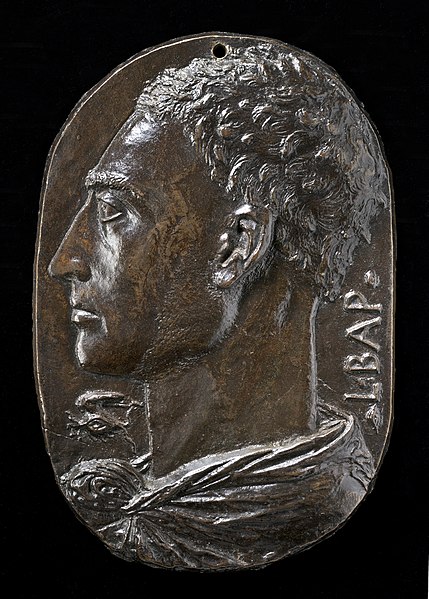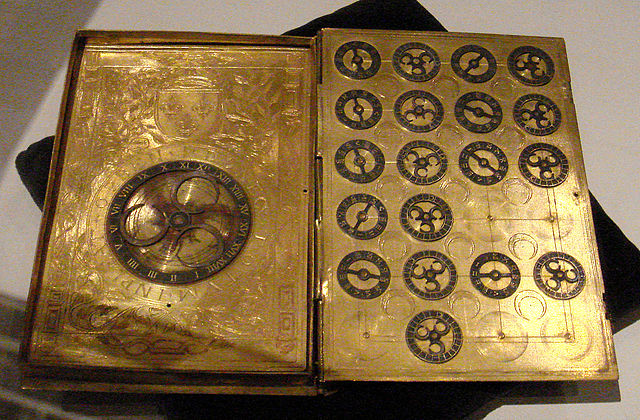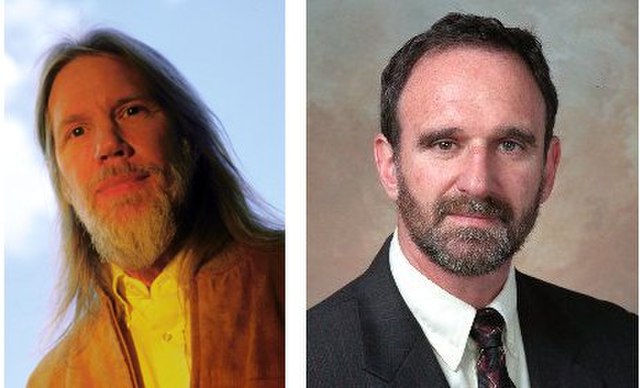Leon Battista Alberti was an Italian Renaissance humanist author, artist, architect, poet, priest, linguist, philosopher, and cryptographer; he epitomised the nature of those identified now as polymaths. He is considered the founder of Western cryptography, a claim he shares with Johannes Trithemius.
Presumed self-portrait of Alberti
A portrait of Alberti by Filippino Lippi is thought to exist in the Brancacci Chapel, as part of Lippi's completion of the Masaccio painting, the Raising of the Son of Theophilus and St. Peter Enthroned
Palazzo Rucellai
English title page of the first edition of Giacomo Leoni's translation of Alberti's De Re Aedificatoria (1452) - the book is bilingual, with the Italian version being printed on the left and the English version printed on the right
Cryptography, or cryptology, is the practice and study of techniques for secure communication in the presence of adversarial behavior. More generally, cryptography is about constructing and analyzing protocols that prevent third parties or the public from reading private messages. Modern cryptography exists at the intersection of the disciplines of mathematics, computer science, information security, electrical engineering, digital signal processing, physics, and others. Core concepts related to information security are also central to cryptography. Practical applications of cryptography include electronic commerce, chip-based payment cards, digital currencies, computer passwords, and military communications.
Lorenz cipher machine, used in World War II to encrypt communications of the German High Command
16th-century book-shaped French cipher machine, with arms of Henri II of France
Enciphered letter from Gabriel de Luetz d'Aramon, French Ambassador to the Ottoman Empire, after 1546, with partial decipherment
Whitfield Diffie and Martin Hellman, authors of the first published paper on public-key cryptography.








